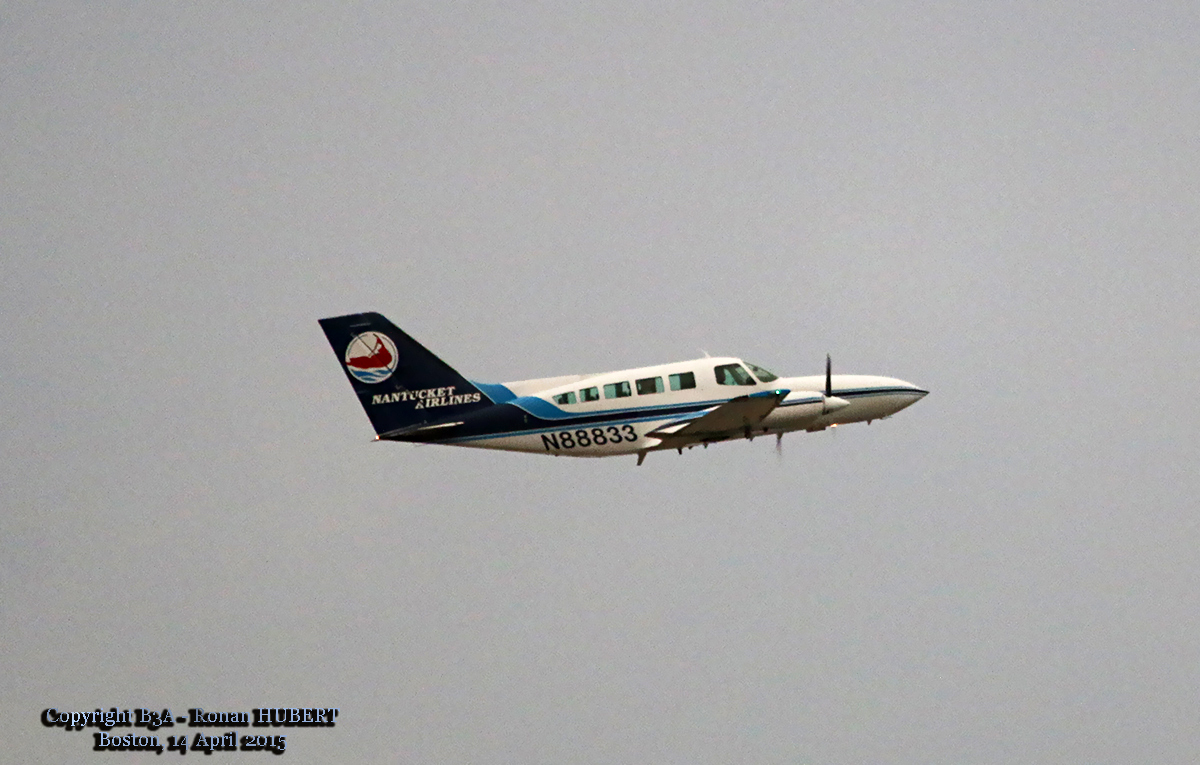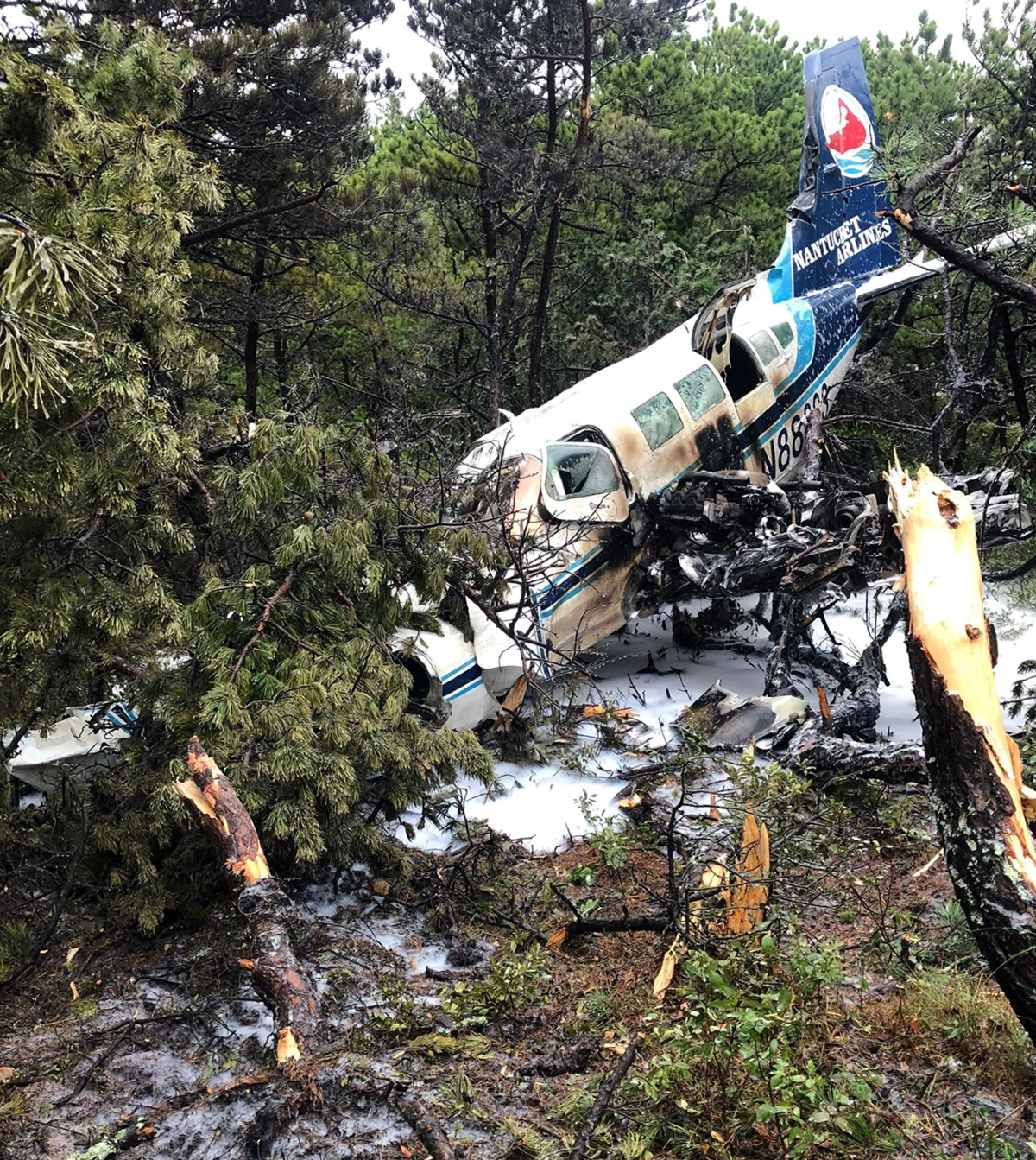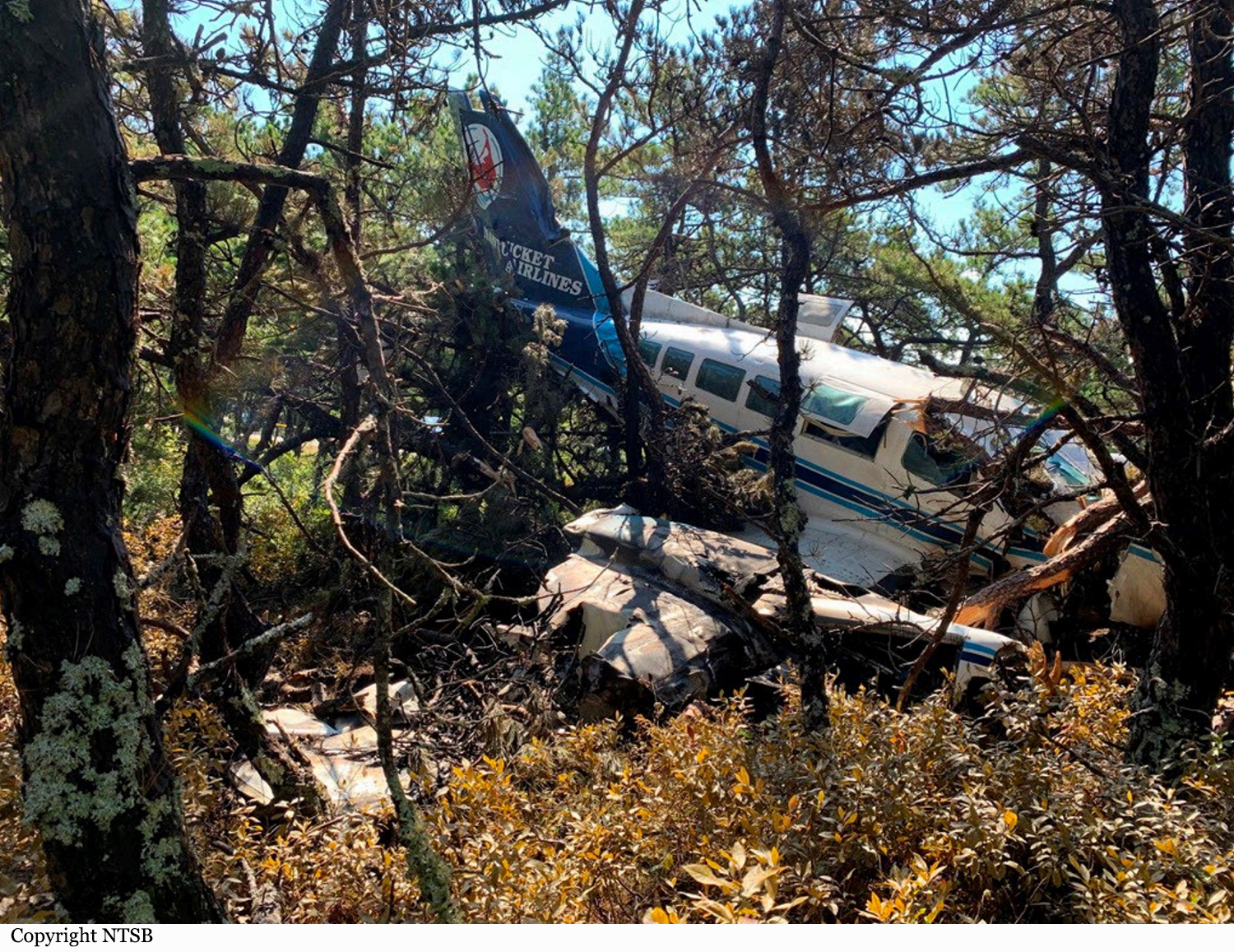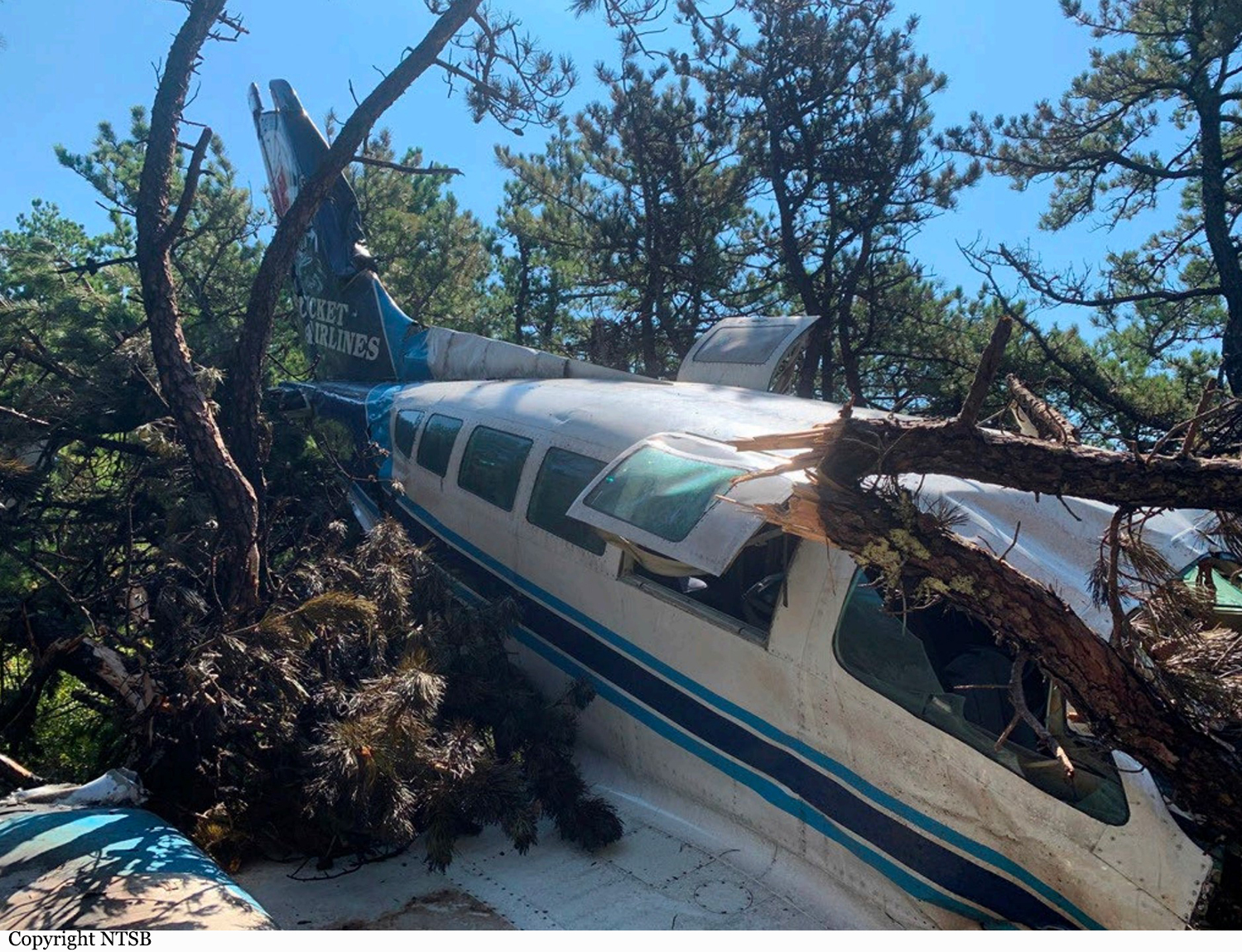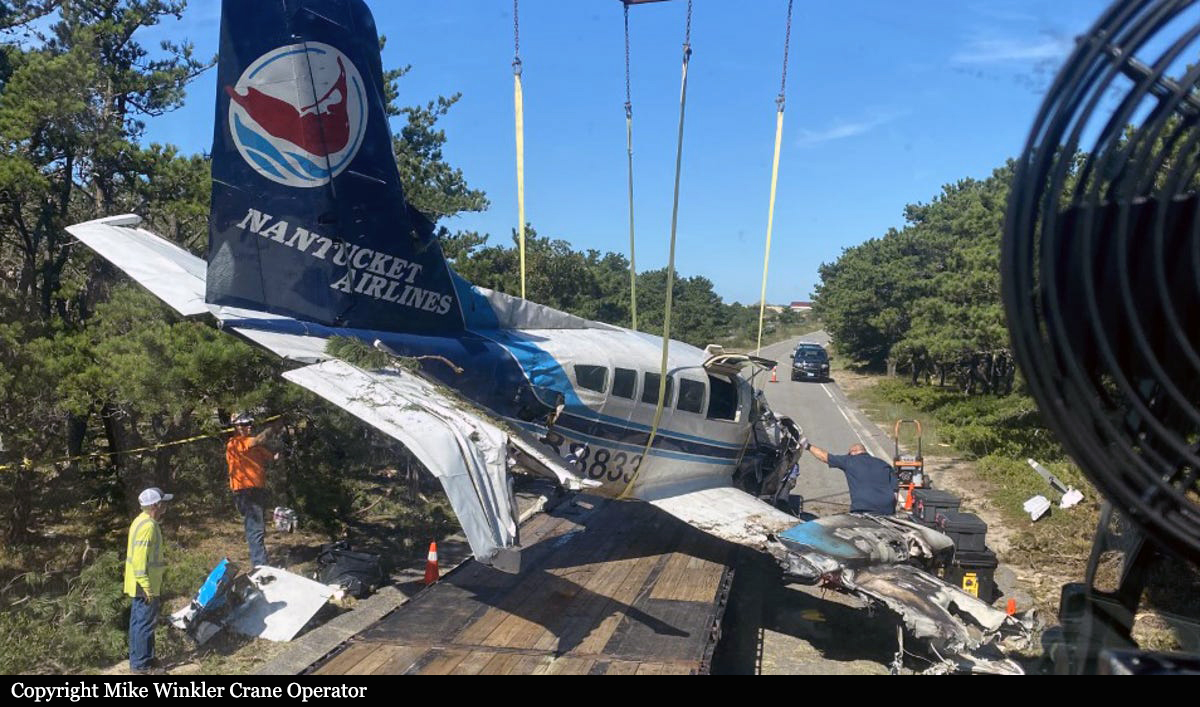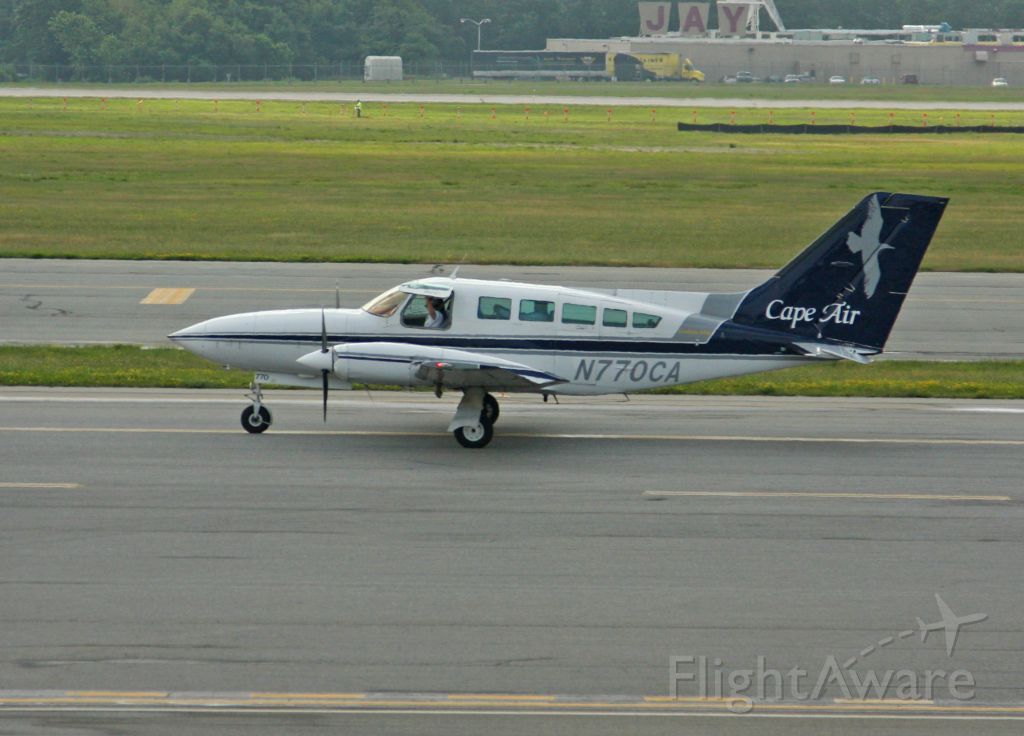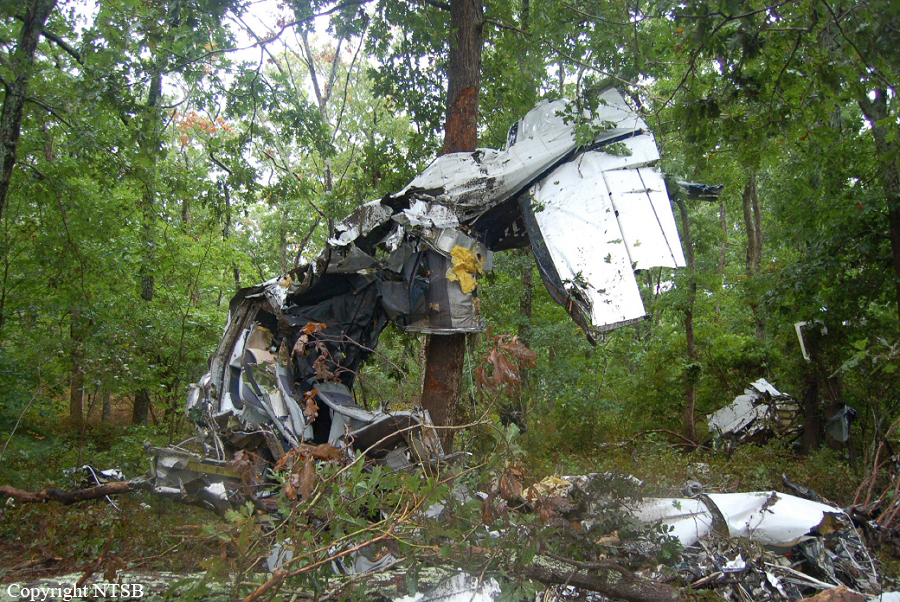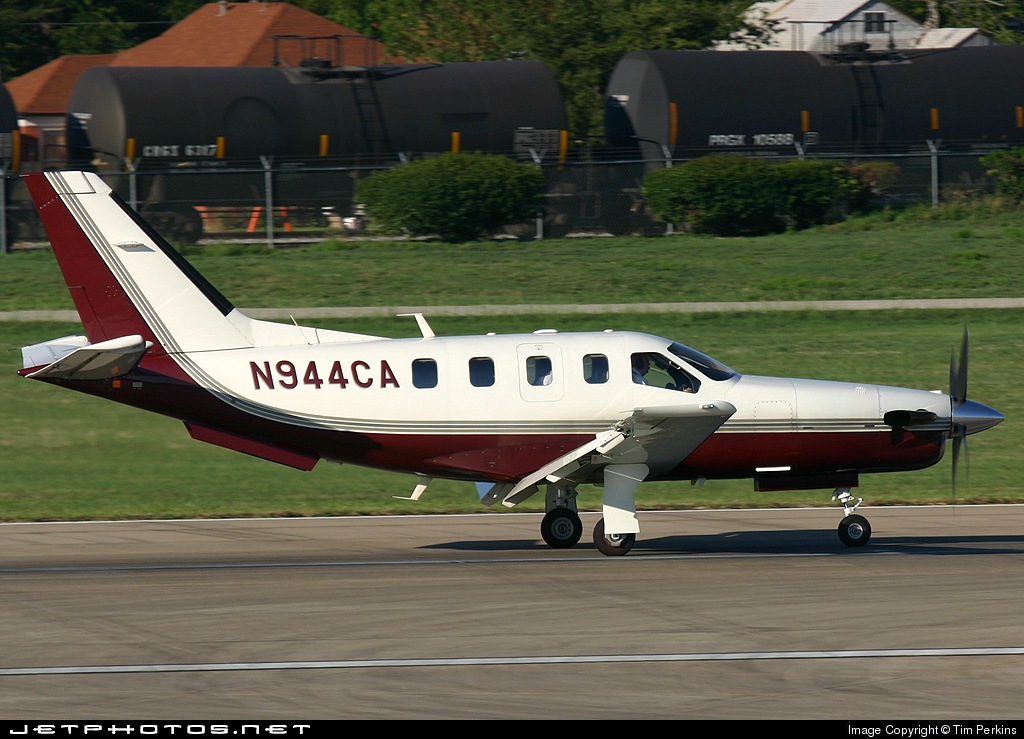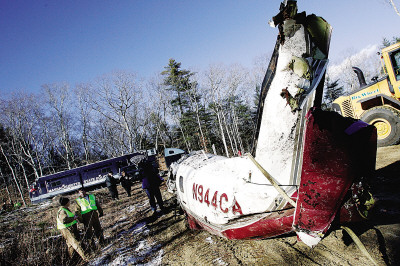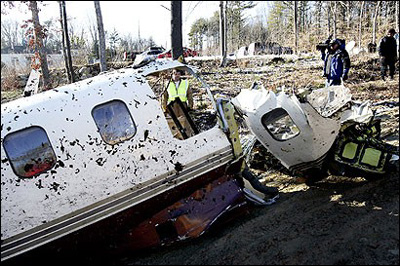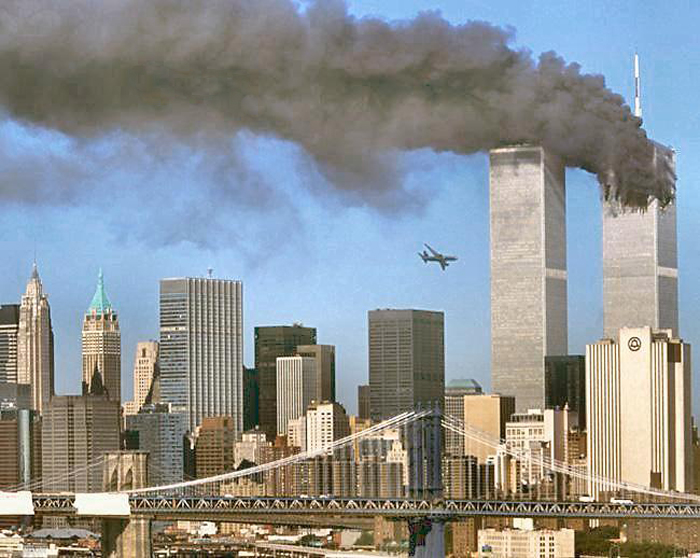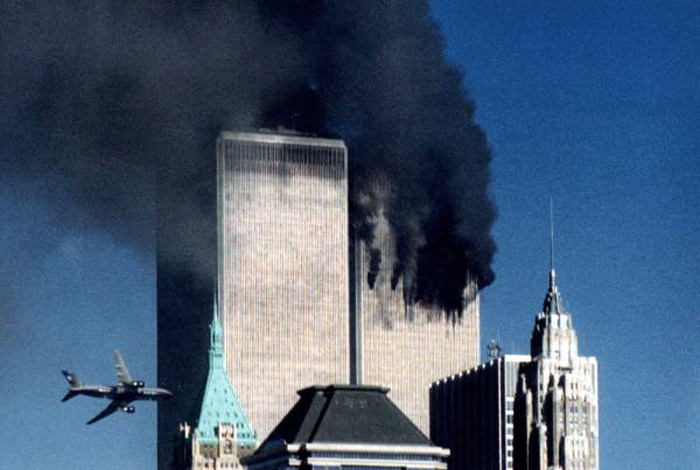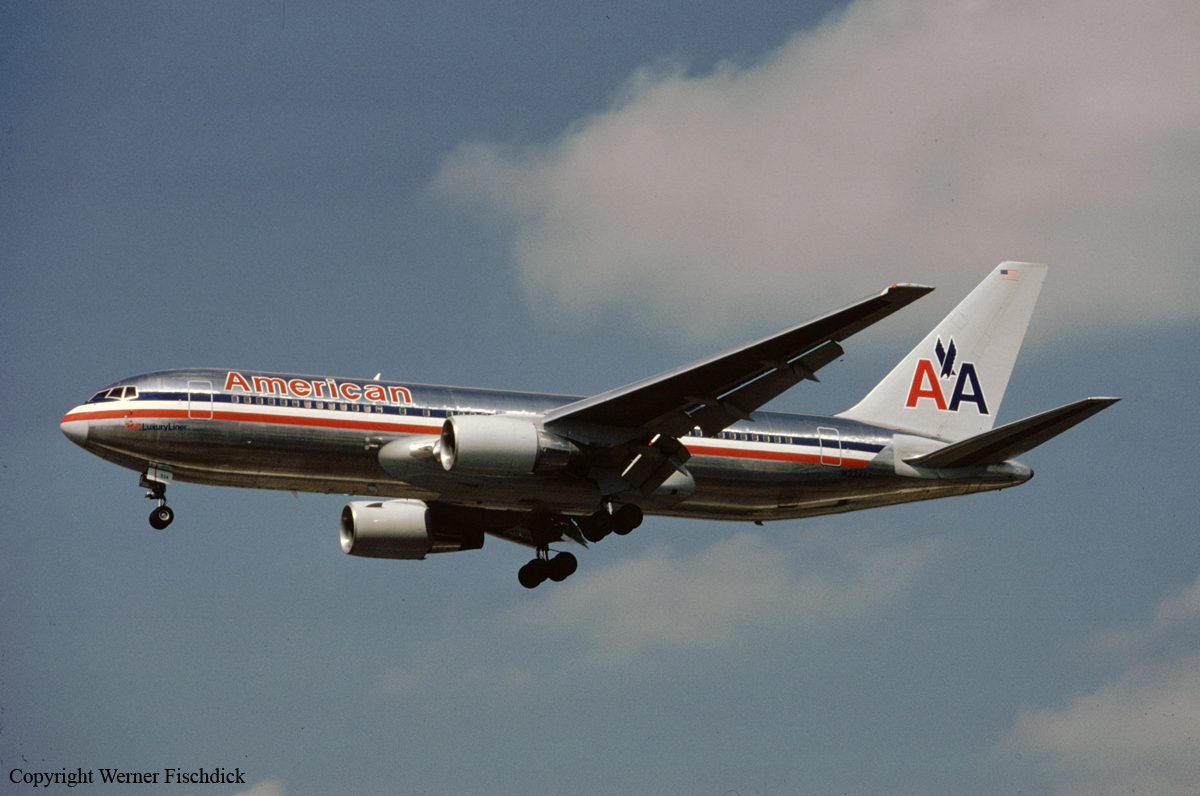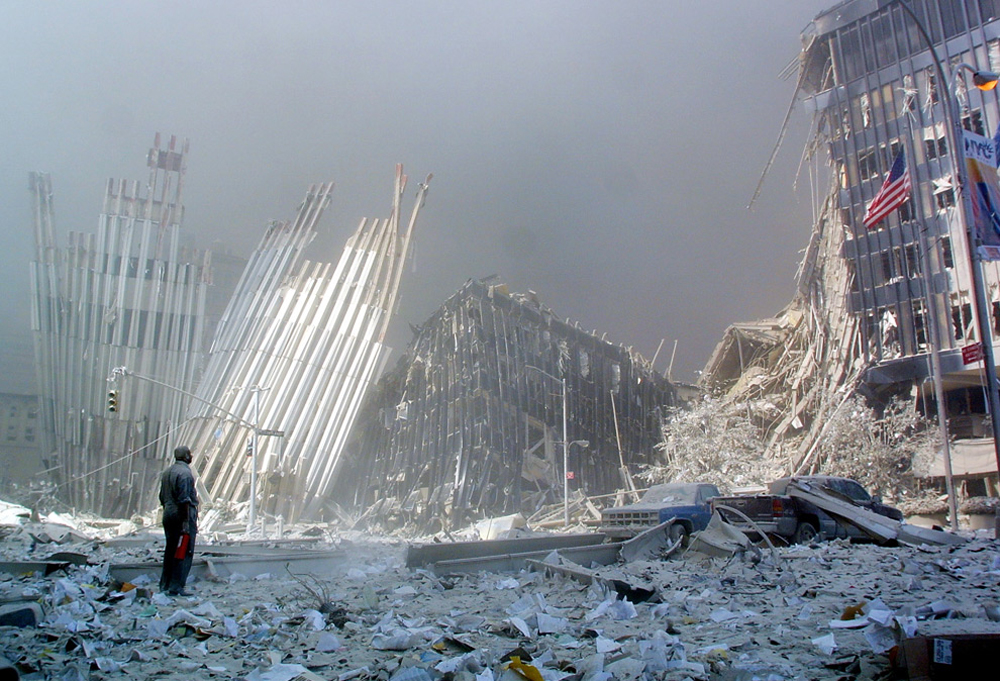Crash of a Cessna 402C in Provincetown
Date & Time:
Sep 9, 2021 at 1600 LT
Registration:
N88833
Survivors:
Yes
Schedule:
Boston – Provincetown
MSN:
402C-0265
YOM:
1979
Flight number:
9K2072
Crew on board:
1
Crew fatalities:
Pax on board:
6
Pax fatalities:
Other fatalities:
Total fatalities:
0
Captain / Total hours on type:
10000.00
Aircraft flight hours:
36722
Circumstances:
The pilot was transporting six passengers on a scheduled revenue flight in instrument meteorological conditions. The pilot familiarized himself with the weather conditions before departure and surmised that he would be executing the instrument landing system (ILS) instrument approach for the landing runway at the destination airport. The operator prohibited approaches to runways less than 4,000 ft long if the tailwind component was 5 knots or more. The landing runway was 498 ft shorter than the operator-specified length. The pilot said he obtained the automated weather observing system (AWOS) data at least twice during the flight since he was required to obtain it before starting the instrument approach and then once again before he crossed the approach’s final-approach-fix (FAF). Though the pilot could not recall when he checked the AWOS, he said the conditions were within the airplane and company performance limits and he continued with the approach. A review of the wind data at the time he accepted the approach revealed the tailwind component was within limitations. As the airplane approached the FAF, wind speed increased, and the tailwind component ranged between 1 and 7 knots. Since the exact time the pilot checked the AWOS is unknown, it is possible that he obtained an observation when the tailwind component was within operator limits; however, between the time that the airplane crossed over the FAF and the time it landed, the tailwind component increased above 5 knots. The pilot said the approach was normal until he encountered a strong downdraft when the airplane was about 50 to 100 ft above the ground. He said that the approach became unstabilized and that he immediately executed a go-around; the airplane touched down briefly before becoming airborne again. The pilot said he was unable to establish a positive rate of climb and the airplane impacted trees off the end of the runway. The accident was captured on three airport surveillance cameras. A study of the video data revealed the airplane made a normal landing and touched down about 500 ft from the beginning of the runway. It was raining heavily at the time. The airplane rolled down the runway for about 21 seconds, and then took off again. The airplane entered a shallow climb, collided with trees, and caught on fire. All seven occupants were seriously injured and the airplane was destroyed.
Probable cause:
The pilot’s delayed decision to perform an aborted landing late in the landing roll with insufficient runway remaining. Contributing to the accident was the pilot’s failure to execute a go-around once the approach became unstabilized, per the operator’s procedures.
Final Report:
